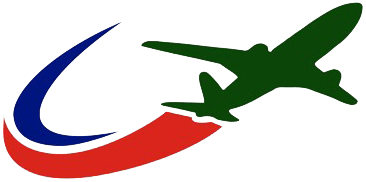The purpose of WP4WP5 is to demonstrate the most promising active control strategy in a wind-tunnel test and assess the effect on the flow using advanced optical flow field and skin-friction-measurement techniques. Based on the numerical results and the experimental investigations from WP2WP3 and WP3WP4, the two most promising technologies will be selected and integrated in a demonstration experiment to be performed in WP4WP5.
Time-resolved Stereo PIV and high resolution Tomo-PIV together with Global Interferometry Skin Friction (GISF) measurements will be applied to validate the effect of control on turbulent boundary-layer structures as well as demonstrate the potential for drag reduction and energy savings of promising actuation technologies. In contrast to the proof of concept and technology assessment measurements in WP2WP3 and WP3WP4 the demonstrator experiment will be scaled up in regard to the region of actuated flow region, the number and the cascading of actuator devices. Special attention will be led on the identification of turbulent flow characteristics over the whole range of turbulent scales down to the turbulent length scale of one, which results in delivering the highest amount of available 3D volume flow field data in a quality comparable to DNS. Therefore, the newest optical flow field measurement technologies, currently in development at DLR, will be used. The data of the demonstrator experiment at DLR will contribute to understand the flow physics of controlled boundary layer which allows for further developing advanced simulation techniques for relevant industrial flow conditions and extended Reynolds numbers.
Additionally a large scale demonstrator experiment will be conducted in one of the Chinese low speed large wind tunnel. This also will be to demonstrate the two most promising control technologies outcome of WP2WP3 and WP3WP4.
The experiment will be complemented by numerical DNS and LES simulations concentrating on an accurate modelling of the actuator devices and boundary conditions in regard to the dynamics, frequencies and amplitudes. It might be necessary to implement a hybrid LES-DNS technique to meet the requirements of boundary condition description of the demonstrator experiment. Additionally, the data will allow for formulating new simple low order turbulence models capturing the essential turbulent features of an actuated flow.
The last part involves the analysis and comparison of data which will be based on the evaluation strategy agreed and developed in WP1WP2 and WP5WP5. Focal point will be the objective to clarify the net energy savings and the potential of the investigated drag reduction methodology on aircraft level.
